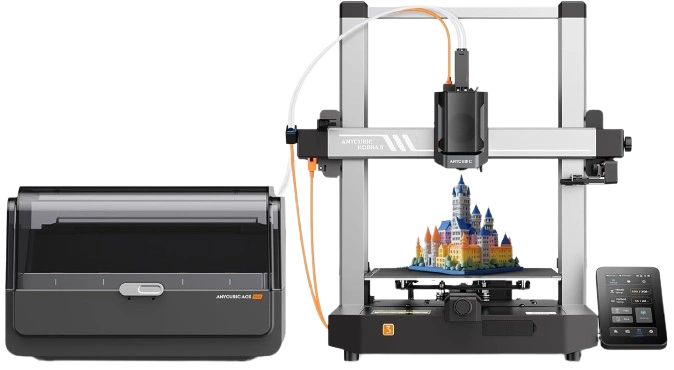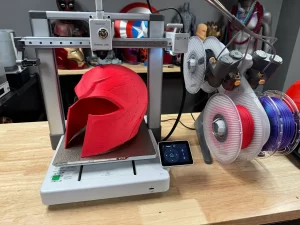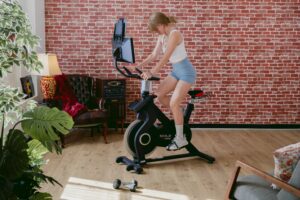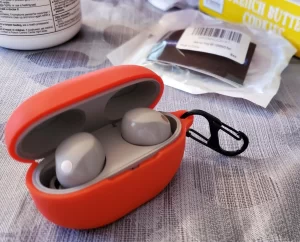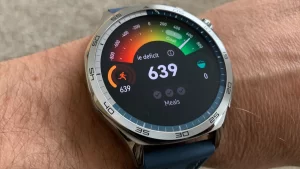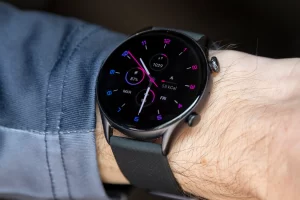Anycubic Kobra 3 Combo Review
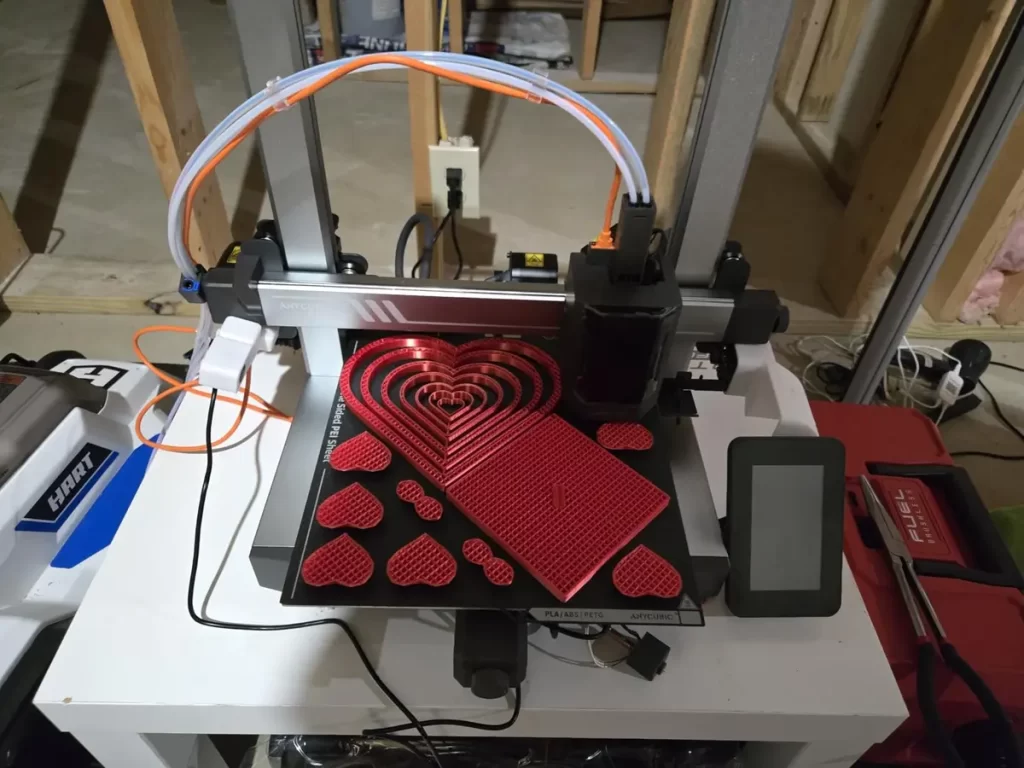
The Anycubic Kobra 3 Combo is a 3D printer designed for home and hobby use. It offers fast printing speeds and the ability to print in multiple colors or materials using its external filament system. In this review, I’ll go over the setup process, features, printing performance, and overall experience of using this printer.
Unboxing and Setup
The printer arrives mostly assembled. It comes with a user manual, power cable, filament tubes, tools, and an external unit called the Anycubic Color Engine Pro (ACE Pro), which holds up to four spools of filament. The printer itself has a metal frame, which makes it feel sturdy. Setting it up takes some time, but the instructions are clear. You need to attach the gantry, connect cables, and make sure the ACE Pro unit is properly linked to the printer.
Once powered on, the printer guides you through the initial setup. It asks you to select the language, connect to Wi-Fi, and run an automatic bed leveling process. This process helps ensure prints stick to the surface correctly. The printer also runs a resonance test, which fine-tunes movement for better accuracy. Loading filament into the ACE Pro is easy. You insert the filament into a slot, and the system pulls it in automatically.
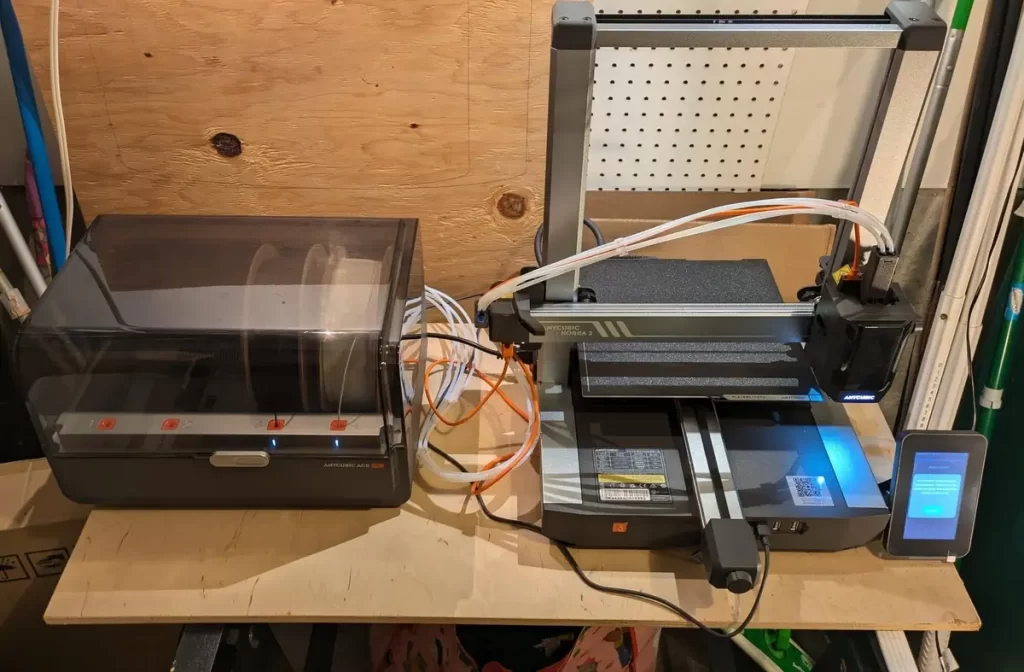
Design and Build Quality
The Kobra 3 Combo has a familiar design, similar to other Cartesian-style 3D printers. The print bed moves back and forth, while the extruder moves along the X and Z axes. The frame feels solid, and the components look well-made. The ACE Pro unit is a separate box that sits next to the printer. It holds the filament spools and has a drying function to keep them from absorbing moisture. This is useful for materials like PLA and TPU, which can be affected by humidity.
The touchscreen interface is bright and easy to use. It provides clear options for adjusting settings, starting prints, and managing the multicolor system. The printer also includes LED lighting around the print area, making it easier to see the progress of a print.
Printing Performance
One of the biggest features of this printer is its speed. It can print at speeds up to 600 mm/s. In practice, I found that printing at high speeds worked well for simple models but could sometimes lead to small defects in detailed prints. Slowing it down slightly improved overall quality.
The automatic bed leveling does a good job, and I rarely had issues with the first layer. Print adhesion was reliable, especially when using standard PLA. The printer uses a direct drive extruder, which means it handles flexible filaments better than Bowden-style setups. TPU prints came out well, though slow speeds were necessary to prevent issues.
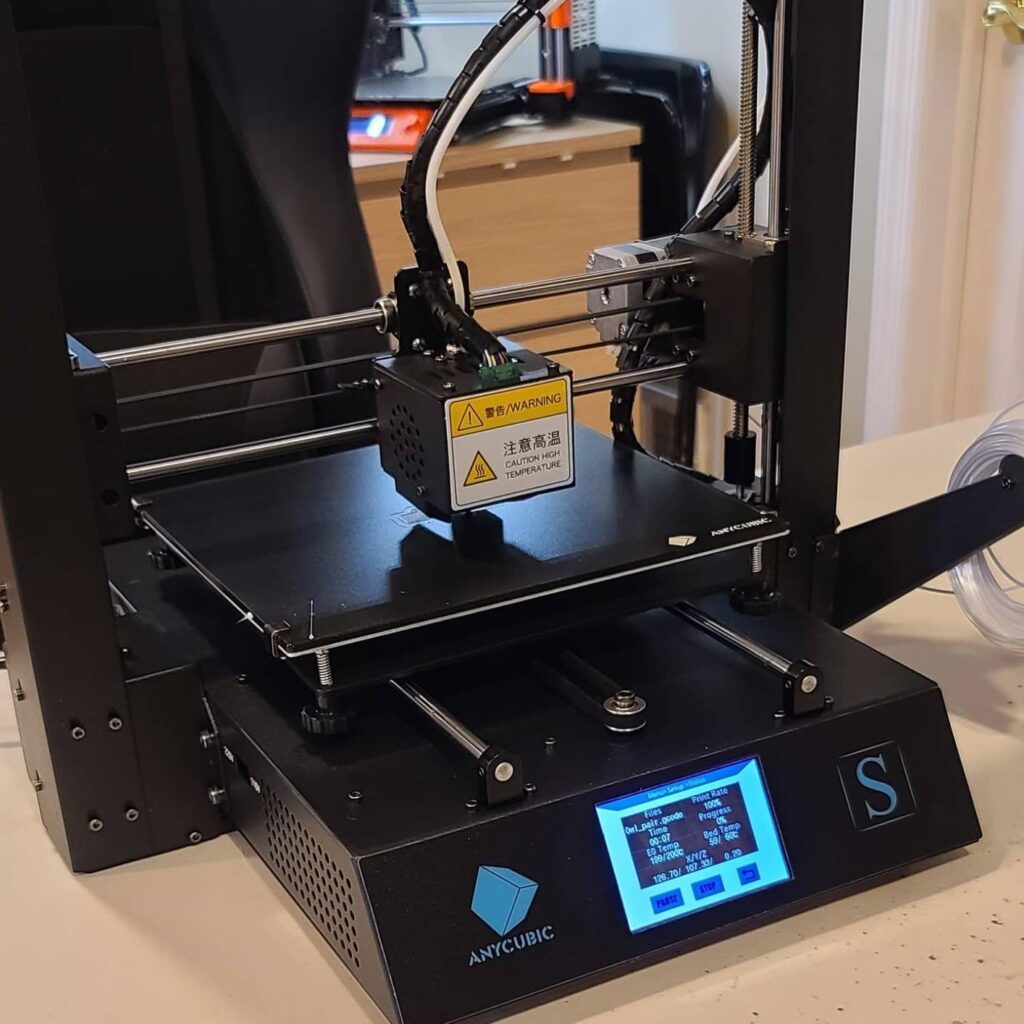
Multicolor and Multi-Material Printing
The ACE Pro system allows the printer to switch between four different filaments during a single print. This is useful for creating multicolor models or combining different materials. However, the process of changing colors adds time to a print. Each time the printer switches filaments, it needs to purge the old one, which results in waste. The printer includes a purge tower, a separate structure that catches leftover filament before switching colors. While this helps ensure clean transitions, it also increases filament usage.
When using multiple colors, prints take longer because of the frequent filament changes. A single-color model that takes two hours to print can take twice as long when switching colors. The quality of the transitions is good, but small imperfections can appear in areas where colors meet. It works best when used for simple color changes rather than highly detailed designs.
Software and Connectivity
The printer supports Anycubic’s own slicing software as well as third-party options like OrcaSlicer. Anycubic’s software is easy to use and includes a feature for painting models directly in the slicer. However, some users might prefer more advanced slicers for better customization.
The printer connects to Wi-Fi, allowing remote control through the Anycubic app. You can start prints, monitor progress, and make adjustments from your phone. There is also an option to load models directly from a USB stick.
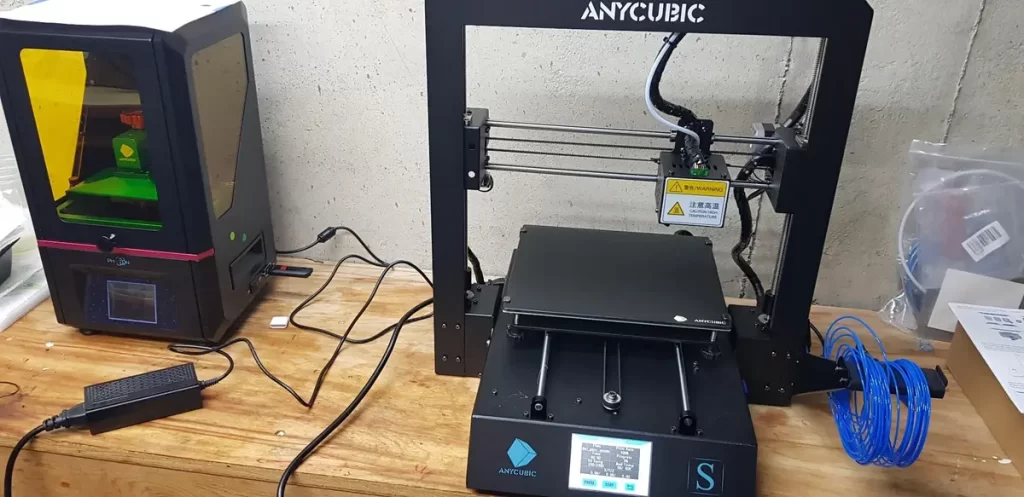
Filament Handling and Drying
The ACE Pro unit has a built-in drying feature. This keeps filaments dry, which is especially important for materials that absorb moisture. It uses a heating system to maintain a stable environment for the filament. The drying function works well, but it also increases power consumption. If you live in a humid area, this feature will be useful. However, if you mostly print with standard PLA in a dry environment, you might not need it as often.
Noise Levels
This printer is not the quietest. The high-speed movements and the ACE Pro filament system generate noticeable noise. The fans, stepper motors, and filament changes all add to the sound level. If you plan to keep it in a bedroom or a shared space, the noise might be a concern. Placing it in a separate room or enclosure can help reduce distractions.
Maintenance and Reliability
Regular maintenance is important to keep the printer running well. This includes cleaning the nozzle, checking the extruder gears, and making sure the bed remains level. The ACE Pro unit also requires occasional maintenance to keep the filament feeding system working smoothly.
Over several weeks of testing, the printer performed reliably. There were occasional issues with filament changes, where the system didn’t fully purge old colors before starting a new one. This resulted in small color contamination in some prints. Manual intervention was sometimes needed to fix these issues.
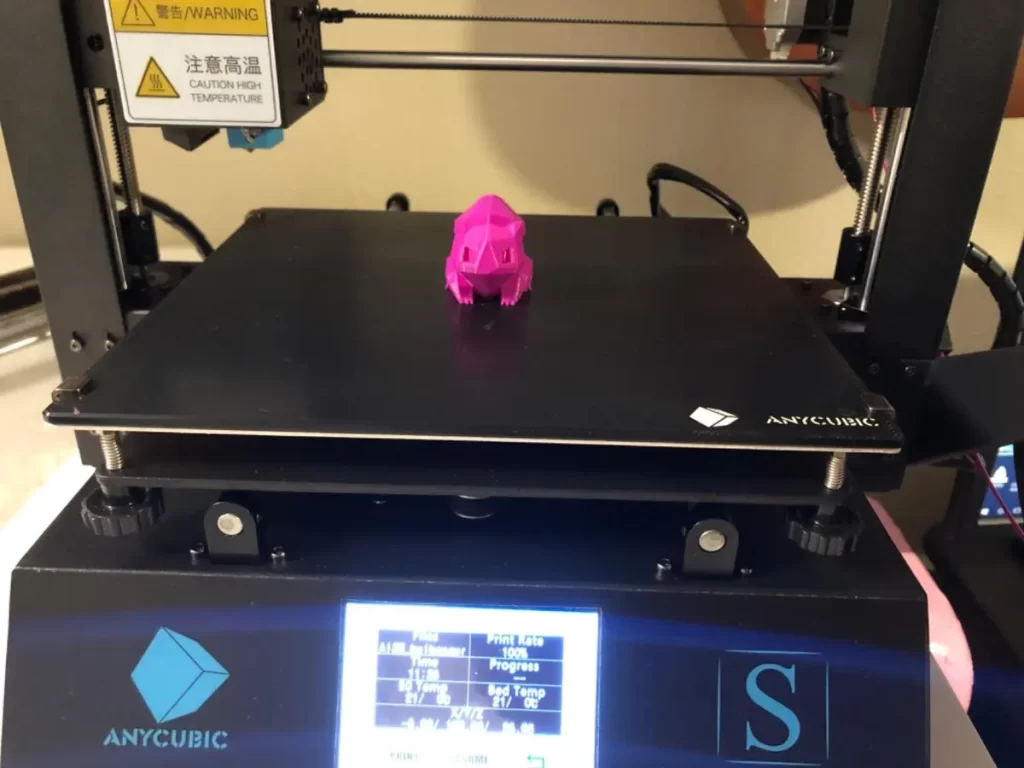
Pros:
- Fast printing speeds compared to older models
- Can print in multiple colors or materials
- Automatic bed leveling for easy setup
- Direct drive extruder handles flexible filaments well
- Built-in filament drying system
- Touchscreen interface is easy to use
- Wi-Fi connectivity and remote monitoring
Cons:
- Noise levels are quite high
- Multicolor printing increases material waste
- Color changes add extra print time
- Occasional filament switching issues
- Purge towers consume a lot of filament
Who Is This Printer For?
The Anycubic Kobra 3 Combo is a good choice for users who want a high-speed printer with multicolor capabilities. If you enjoy experimenting with different filaments and creating colorful models, this printer offers a lot of flexibility. However, if you only print in one color and prioritize silent operation, you might prefer a simpler model.
Final Thoughts
The Anycubic Kobra 3 Combo is an interesting option for home users who want more than just basic 3D printing. It delivers fast speeds, reliable prints, and the ability to use multiple filaments. While the multicolor feature is useful, it does come with trade-offs like extra print time and increased material waste. The overall experience is positive, but users should be aware of the limitations before purchasing. If you need a versatile printer and don’t mind the extra steps involved in multicolor printing, the Kobra 3 Combo is worth considering.
